This odd-couple guitar duo complement each other with a melodic mix of breakneck notes and juggernaut riffs, all effortlessly executed on 7-string shred sticks from Ibanez and Jackson.
Before ERRA’s headlining show at Nashville’s Brooklyn Bowl in support of their latest album, Cure, cofounding member Jesse Cash and newcomer Clint Tustin—a pair of proficient guitar-playing pyrotechnicians—invited PG’s Chris Kies onstage for a conversation that was both lighthearted and enlightening. They cover their speedy 7-strings from Jackson and Ibanez, explain why they landed on their preferred DiMarzio and Fishman pickups, and reveal all the ways the Neural DSP Quad Cortex has condensed, streamlined, and optimized the duo’s stage attack.
Brought to you by
D’Addario Strings: https://ddar.io/wykyk-rr
D'Addario XPND: https://ddari.io/xpnd.rr
Cassius Play
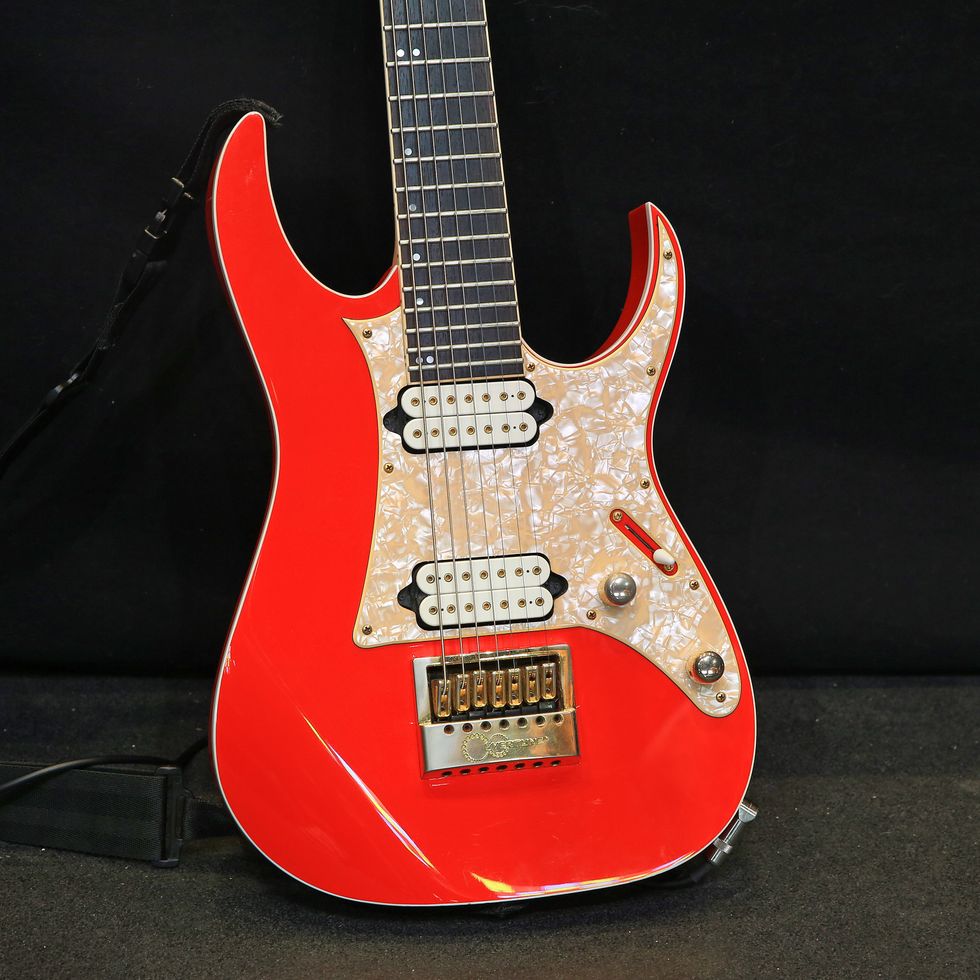
Jesse Cash is a creative force. He plays, he writes, and that’s pretty much where his love for guitar starts and ends. He’s not into gear specs nor does he overthink his setup: If it works, it works. For a decade-plus, Ibanez RG-profile guitars have been getting the job done. His current ride-or-die is the above Ibanez Prestige RG2027XL that is pretty stock aside from a few key upgrades, including a set of and DiMarzio D Activator 7 humbuckers, an EverTune bridge for tuning stability, gold hardware for eye candy, and a pearloid pickguard that Jesse likes to make his muscle car look a bit classier. It features a basswood body, Wizard-7 neck with maple and wenge tonewoods, a bound Macassar ebony fretboard, and a 27" scale length. The band tunes to drop G# and lets the Quad Cortex technology transpose any other lowered tunings so they can tour with minimal guitars and maintain a familiar feel.
Sandblasted
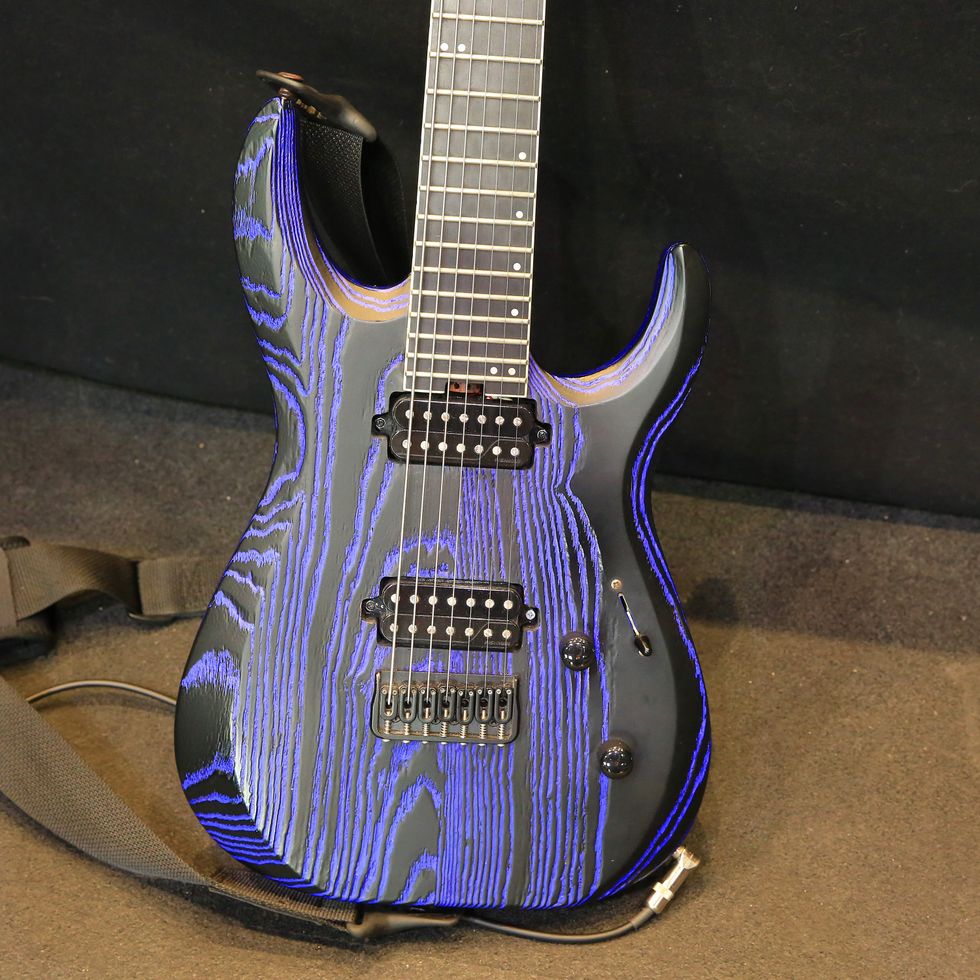
Clint Tustin is all Jackson, all day. The above model is the Jackson Pro Series Dinky DK Modern Ash HT7. It’s built with an exposed ash body decorated in a dazzling “baked blue” textured finish, a 26.5" scale length, a sturdy, graphite-reinforced, bolt-on 3-piece maple-wenge-maple neck with a compound radius (12" –16") and a Jackson Speed Neck profile, bound ebony fretboard, a Graph Tech TUSQ XL nut, and active multi-voiced Fishman Fluence Open Core PRF-CO7 humbuckers. This is his only touring guitar without an EverTune bridge.S
Prestige Production
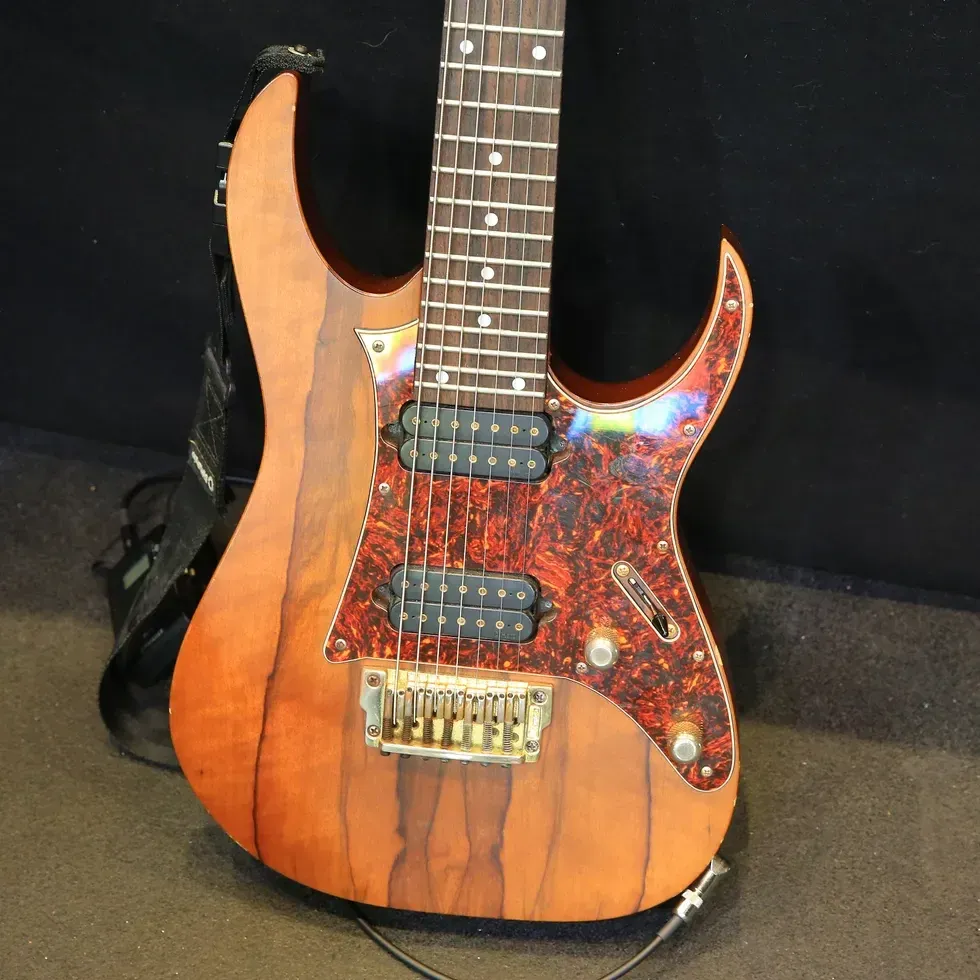
Before acquiring the RG2027XL, Cash’s main seven was this production-line 2017 Prestige 752LWFX that was featured heavily on ERRA’s albums Neon and Erra. Like the 2027XL, it has a basswood body, but this one is decked out with an African black limba top, a rosewood fretboard, a 25.5" scale length, a Gibraltar Standard II bridge, and of course, the pickguard and gold hardware. They do share the same heartbeat—a set of DiMarzio D Activator 7 humbuckers. The standard scale length helps Jesse move around the fretboard quicker, so this RG sees stage time for the band’s older material.
Gold Tone
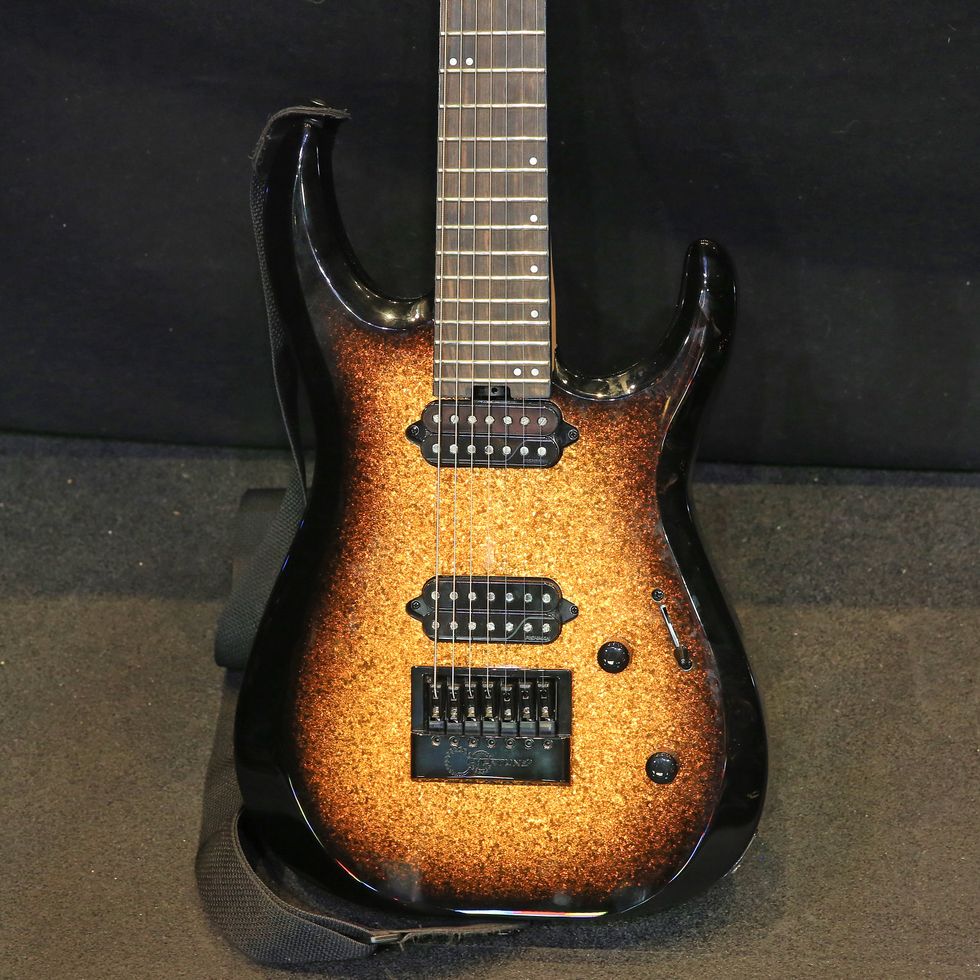
This stunner is Clint Tustin’s Jackson Pro Plus Series DK Modern EverTune 7. It’s completely stock and features nearly the same DNA as his previous Dinky DK, but it has a basswood body and an EverTune bridge.
Silver Surfer

Another DK Modern EverTune 7 for Tustin that was modified by a friend to have this big-flake, bass-boat sparkle finish—including the pickups—that can be seen from the last row of the venue, or probably even space. This one has a set of Fishman Fluence Modern humbuckers.
Problem Solved
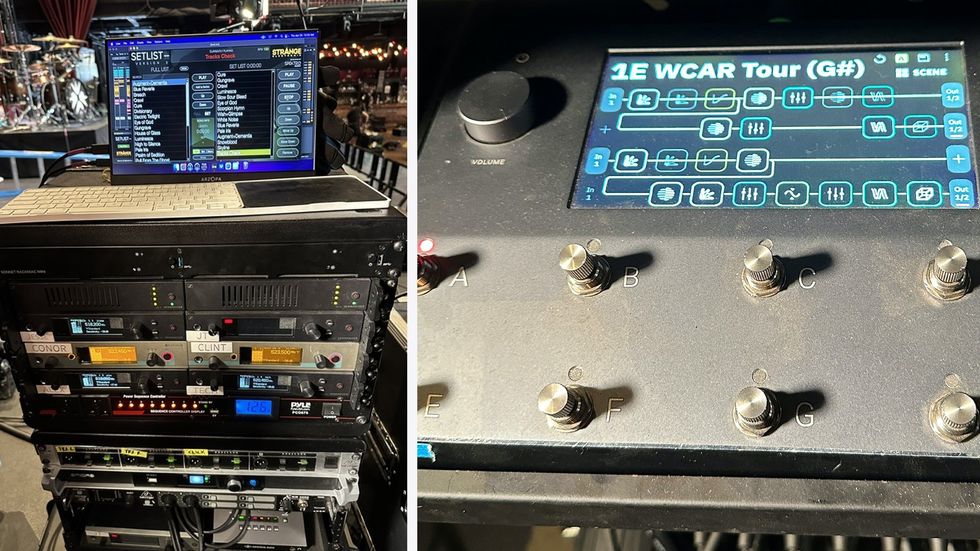
These dudes are pragmatists. As digital modeling technology has improved, ERRA has evolved their live setups to achieve quicker setups, less headaches, and decreased traveling costs. Jesse and Clint are currently both using the Neural DSP Quad Cortex direct to front of house. They have no cabs or monitors onstage, and hear themselves via in-ear monitors and the PA.
As noted before, their guitars stay in G♯ tunings, and they let the Quad Cortex transpose any lower tunings. (They did say that pitch-shifting up via the Neural setting is less accurate and so they manually tune their instruments.) They depend on the QC to make tone changes, so they are free to roam the stage and entertain the crowd.To that end, they both utilize the Sennheiser EW G4 units for wireless and in-ears. A lot of their core tones and sounds are based around a STL Tones DZL Herbert import for rhythms, Neural’s Misha Mansoor Archetype for leads, and their Plini Archetype for cleans.







![Rig Rundown: Russian Circles’ Mike Sullivan [2025]](https://www.premierguitar.com/media-library/youtube.jpg?id=62303631&width=1245&height=700&quality=70&coordinates=0%2C0%2C0%2C0)



























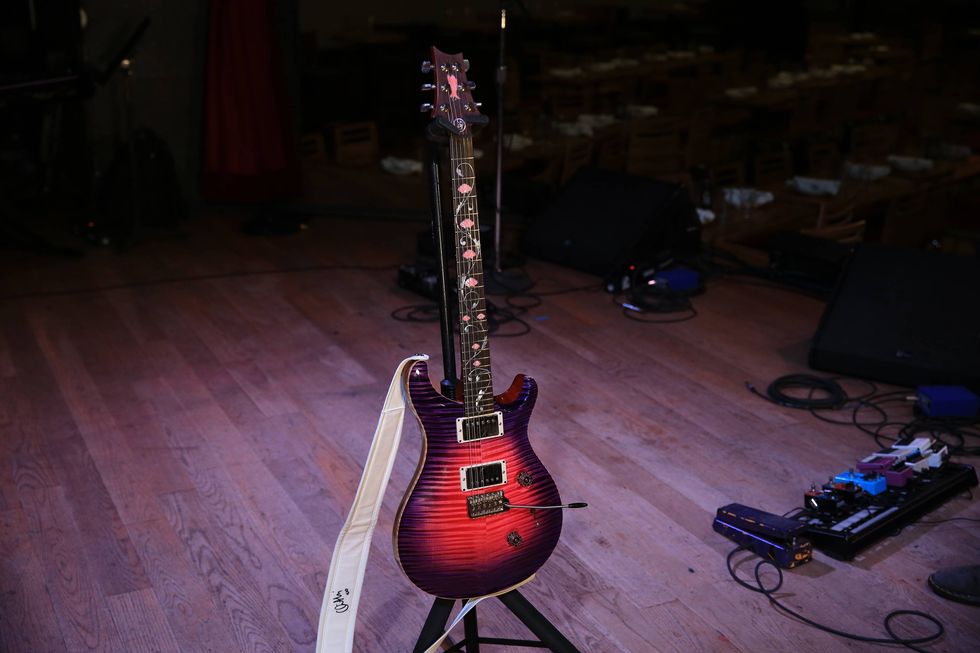
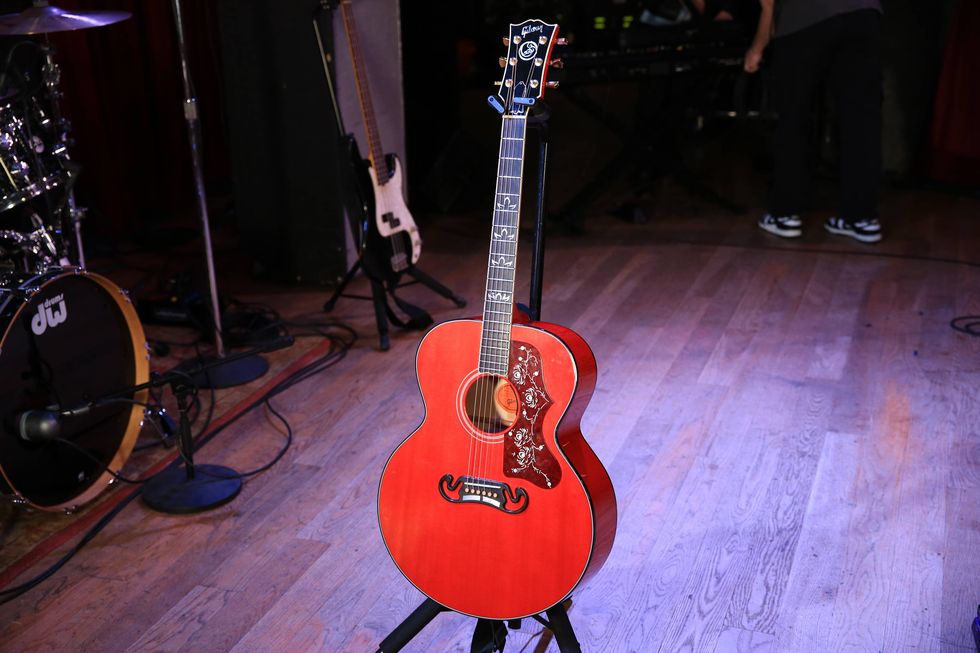
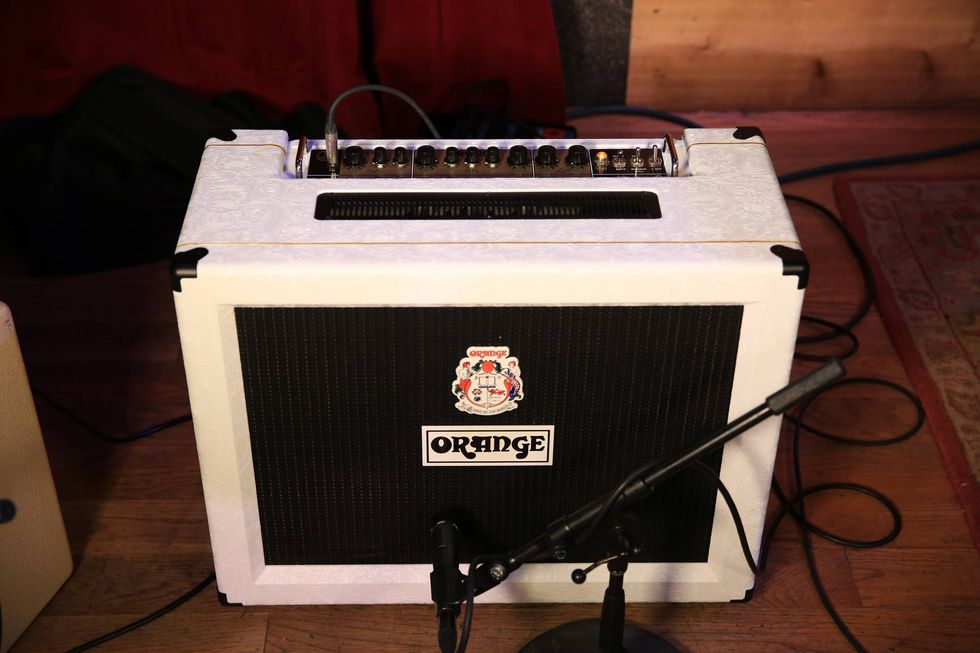
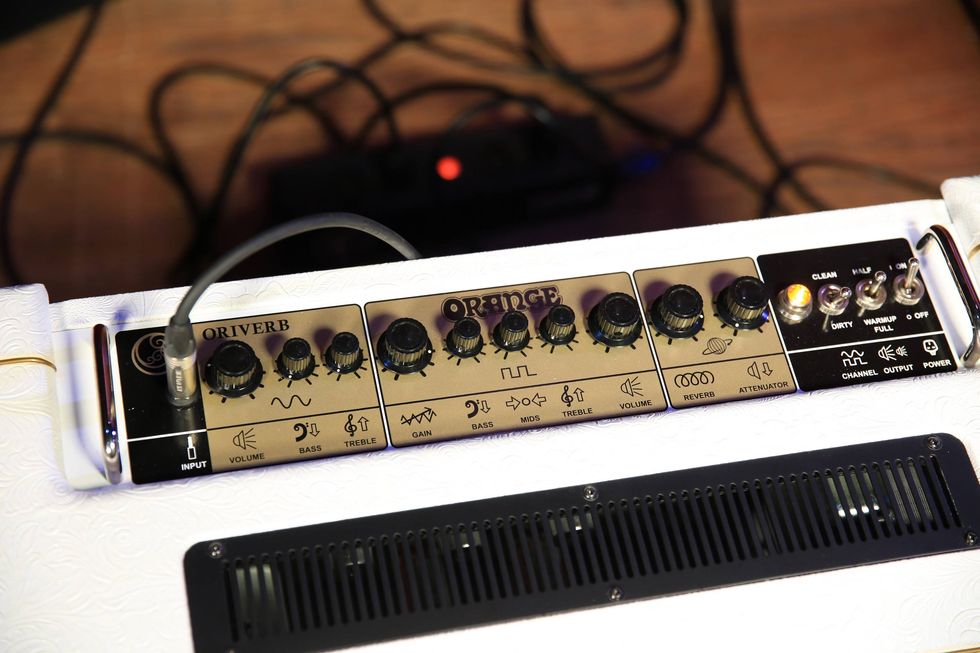
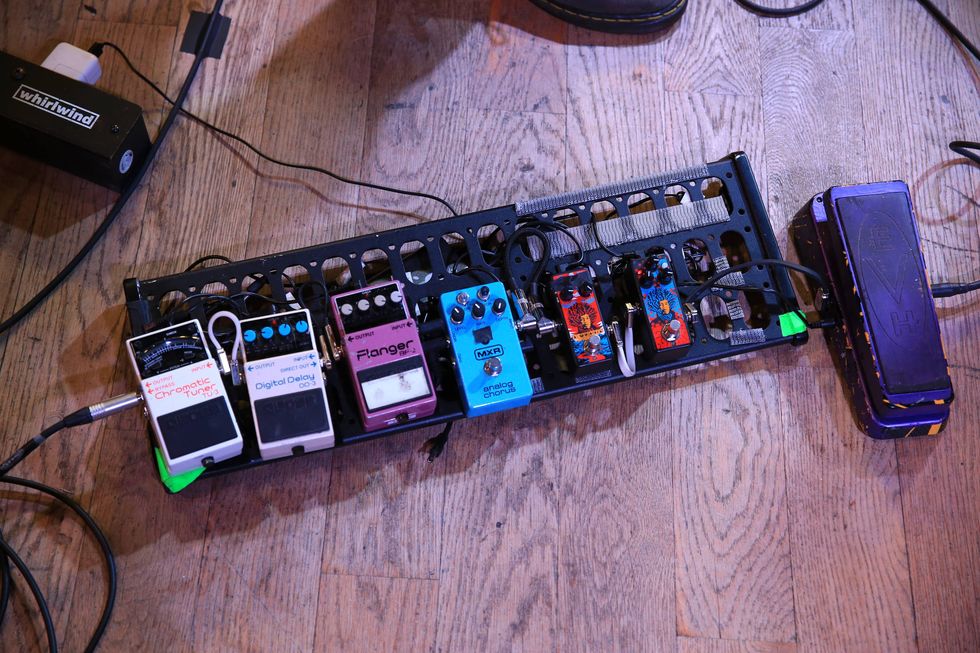

![Rig Rundown: AFI [2025]](https://www.premierguitar.com/media-library/youtube.jpg?id=62064741&width=1245&height=700&quality=70&coordinates=0%2C0%2C0%2C0)




















 Zach loves his Sovtek Mig 60 head, which he plays through a cab he built himself at a pipe-organ shop in Denver. Every glue joint is lined with thin leather for maximum air tightness, and it’s stocked with Celestion G12M Greenback speakers.
Zach loves his Sovtek Mig 60 head, which he plays through a cab he built himself at a pipe-organ shop in Denver. Every glue joint is lined with thin leather for maximum air tightness, and it’s stocked with Celestion G12M Greenback speakers.






